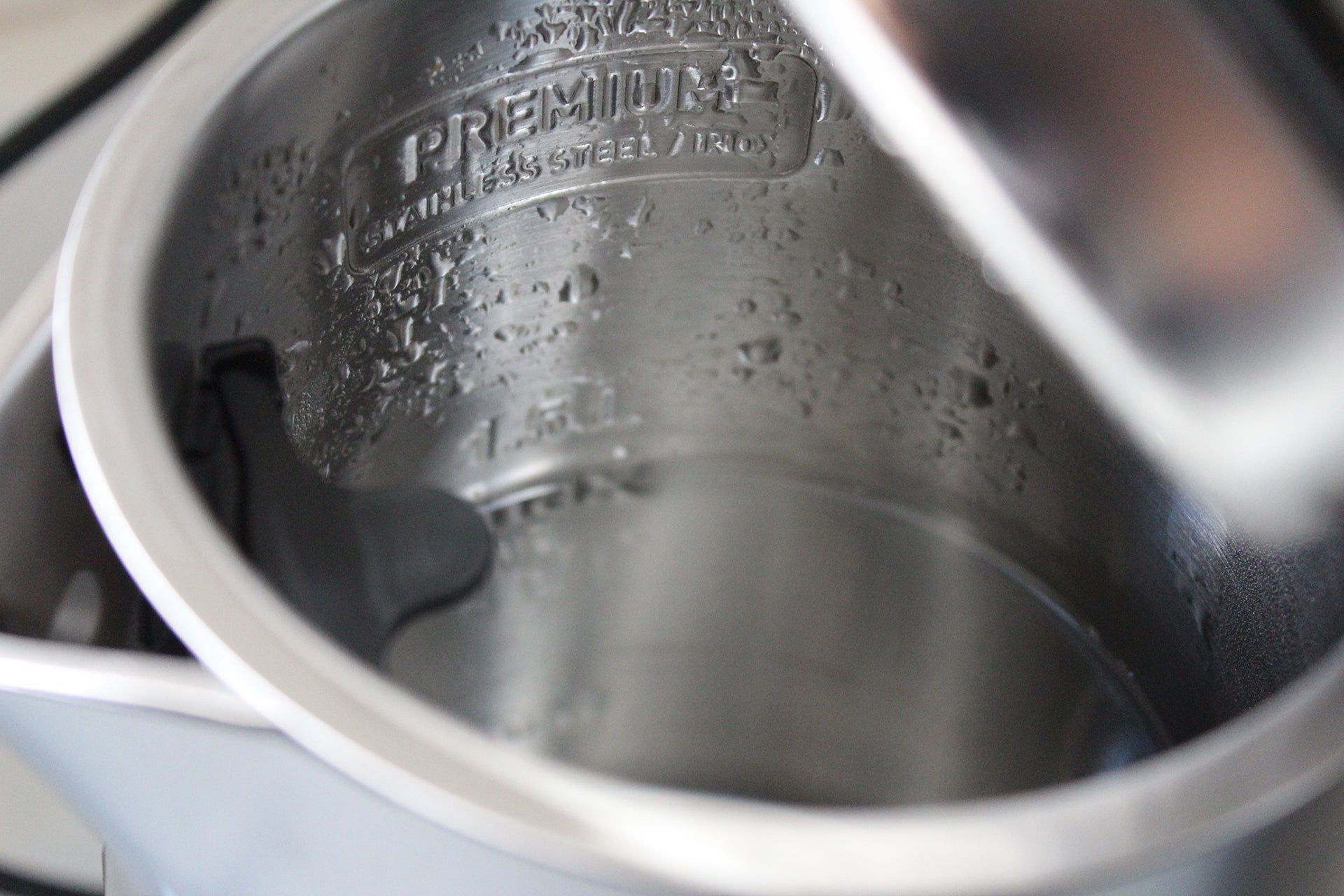You’ve undoubtedly heard bottled water companies such as Aquafina®, Dasani®, and Nestle® Pure Life® claim that their beverage is filtered through reverse osmosis, but do you know what it is or how it works? Because they believe it’s complicated… because they don’t want to explain.
What is Reverse Osmosis?
Reverse osmosis is a form of water purification that uses a semi-permeable membrane (synthetic lining) to filter out undesirable chemicals and big particles like disinfection by-products, salt, and dirt from drinking water. Reverse osmosis may also eliminate germs – which you do not want to consume – leaving behind only pure H2O. It removes contaminants and sediments down to the molecular level while removing all remaining impurities.
How Does Reverse Osmosis Work?
Before we get into the nitty-gritty of how reverse osmosis works, let’s go back to high school chemistry and remember what osmosis is. Osmosis is the mechanism by which water goes from a less concentrated solution to a more concentrated one through the use of a semi-permeable membrane. In other words, clean water goes through the filter to contaminated water in order to balance the concentrations – something we don’t want our drinking water to do. This migration produces osmotic pressure.
The process of reverse osmosis uses applied pressure to overcome the osmotic pressure and drive polluted water from a high concentration of pollutants to a low concentration. This means it’s being pushed in the opposite direction, with contaminated water attempting to move into pure water, but because it must pass through a filter first, contaminants are trapped and only pure water passes through; thus providing the cleanest feasible drinking water – exactly what we want!
Reverse osmosis, as the name implies, involves four stages of filtration: a sediment filter, a pre-carbon block, a reverse osmosis membrane, and a post-carbon filter. The biggest particles, such as dirt, sand, and rust, are removed by the sediment filter to prevent future filters from clogging up. The activated carbon in the pre-carbon filter captures anything bigger than a speck of flour while also attracting and bonding with positively charged ions to prevent chemicals like chlorine and chloramines from passing through to the third filter. The reverse osmosis membrane then separates molecules larger than water, such as sodium and high amounts of lead. Finally, the post-carbon filter cleanses the water.
What Are the Benefits of Reverse Osmosis?
Reverse osmosis, on the other hand, can remove up to 99.9% of all pollutants and sediments from water, as well as particles less than .001 micron in size. Carbon filtration, on the other hand, can only eliminate particles as small as 1 micron. Your local tap water may be award-worthy clean when it leaves the municipal plant, but as it travels miles to your glass, it might pick up a variety of pollutants or have a naturally high amount of total dissolved solids (TDS) in the water, so it’s best to get a reverse osmosis filter to ensure that your water is contaminant-free.



